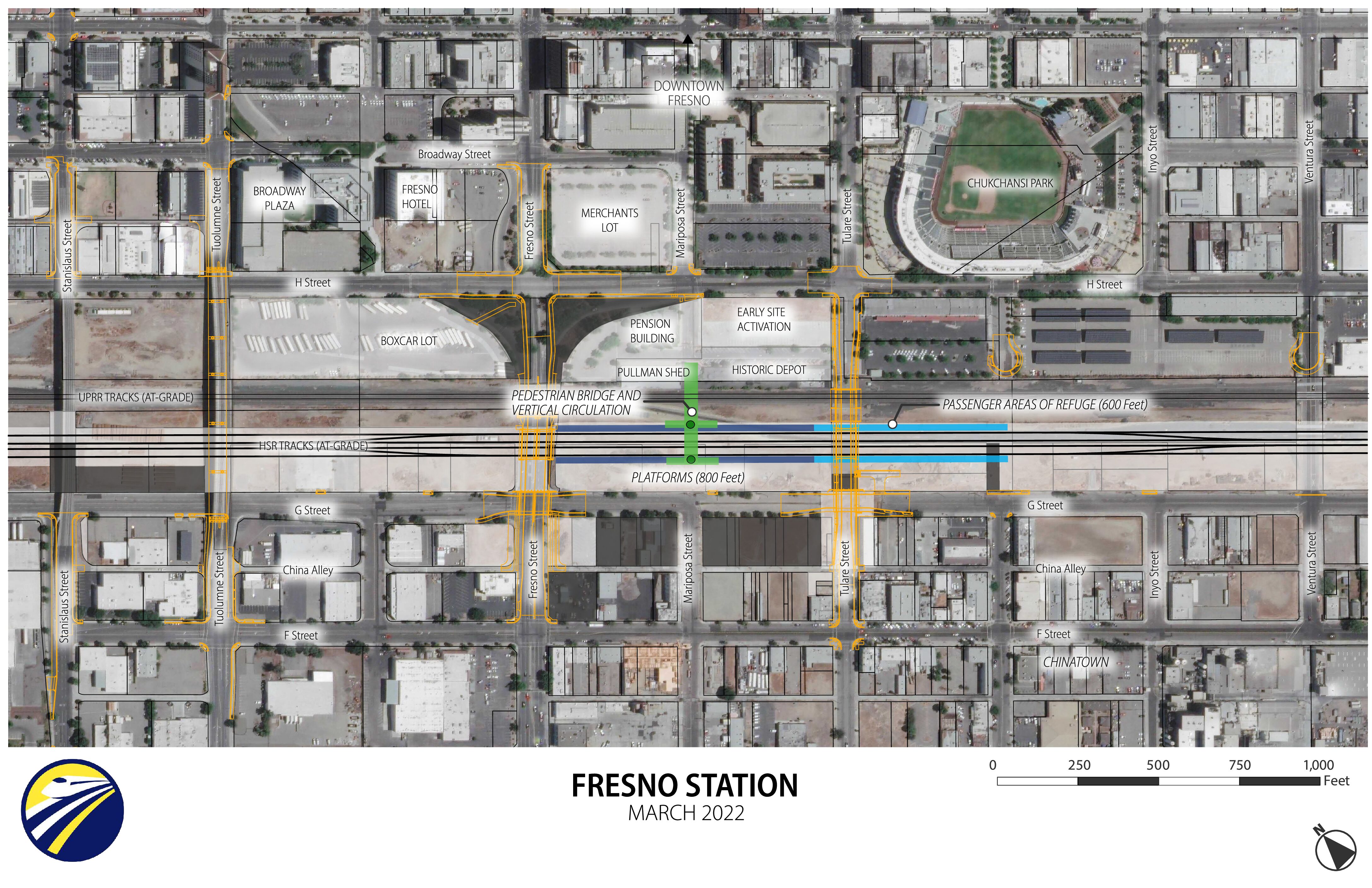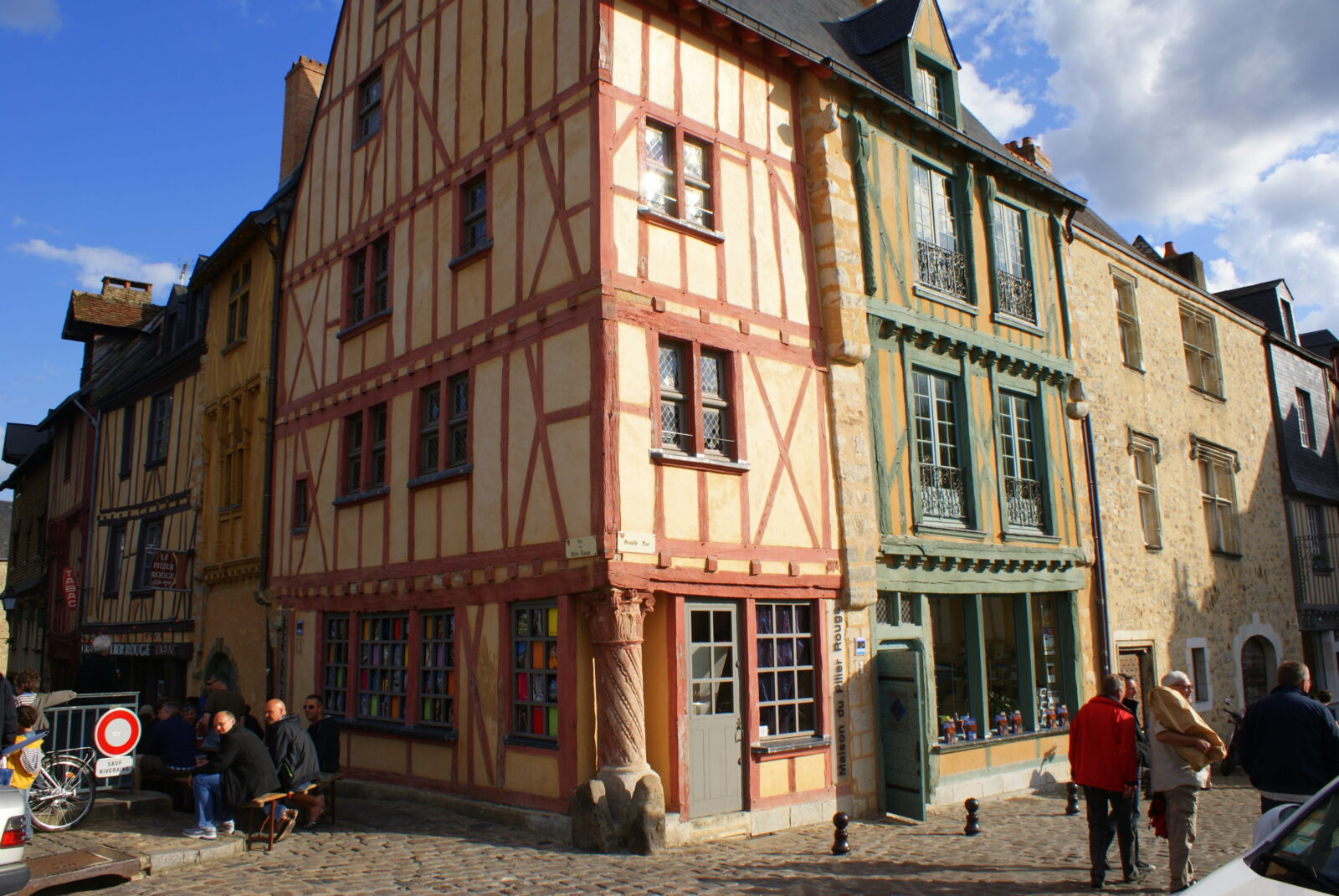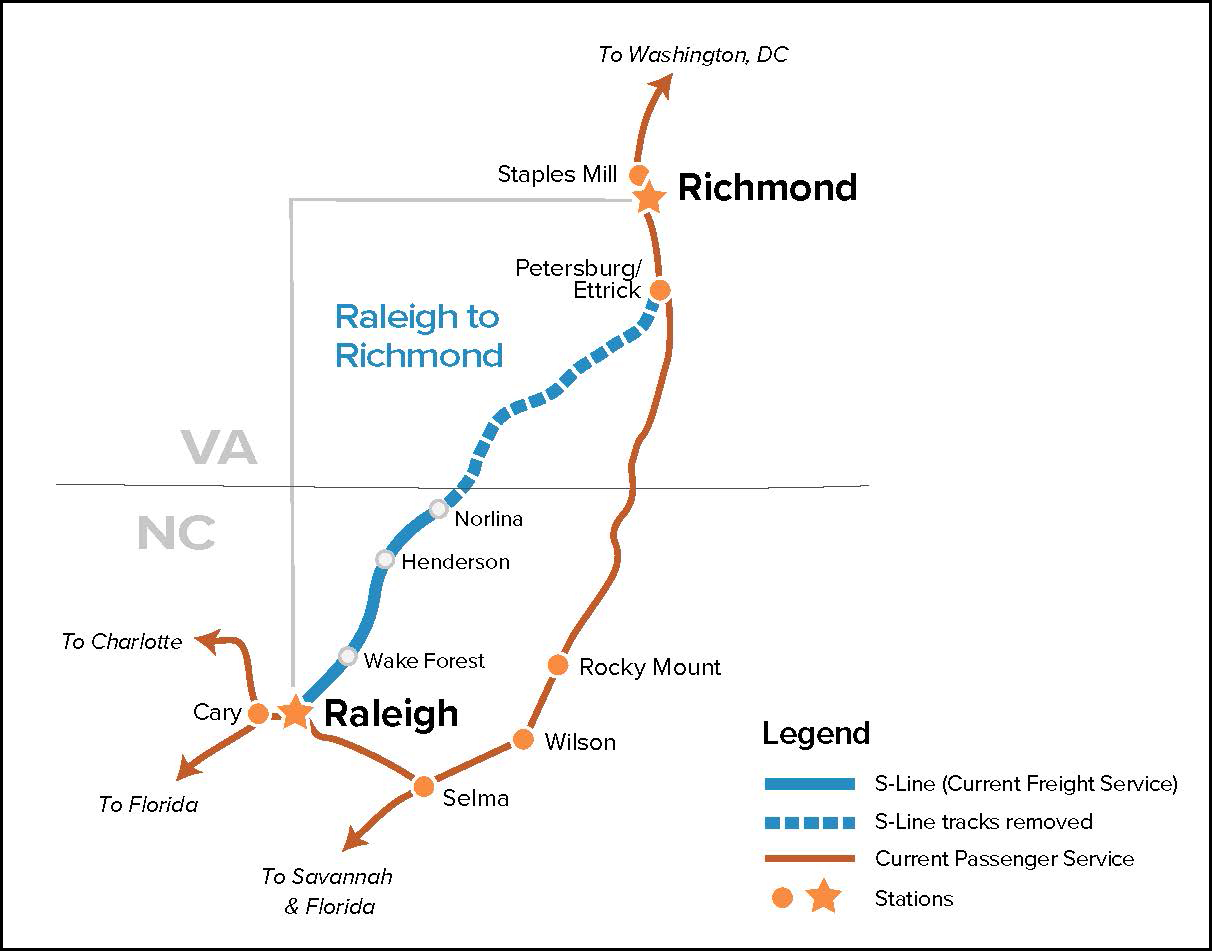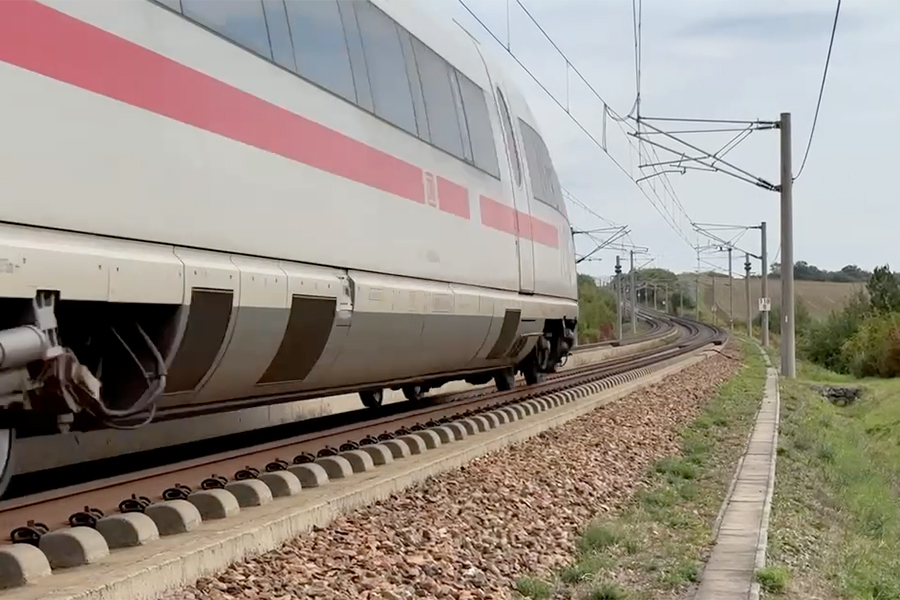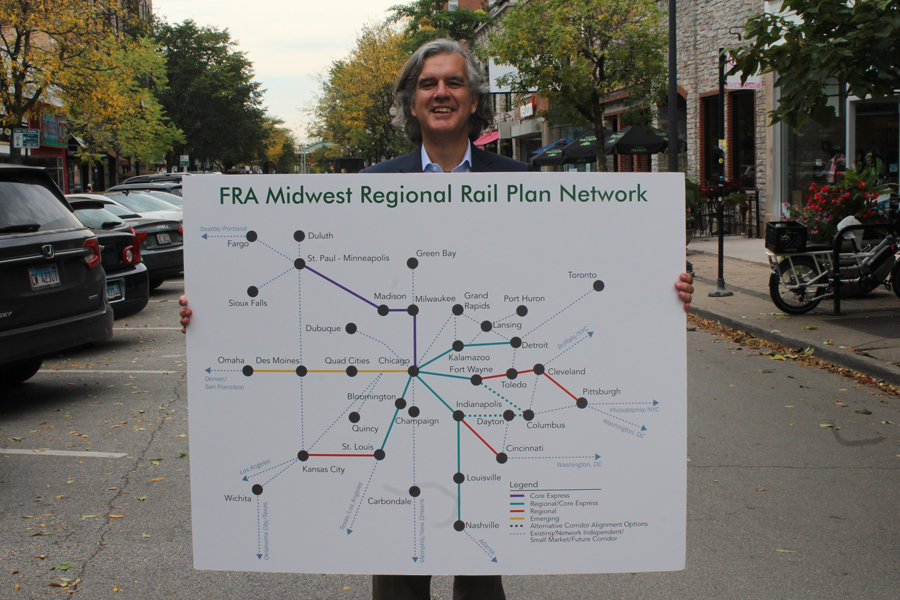The City of Madison tackles the station location challenge The City of Madison Department of Transportation recently released a study of potential train station sites. It identified a first choice and a “Plan B” alternative from a list of nine contenders. Two other...
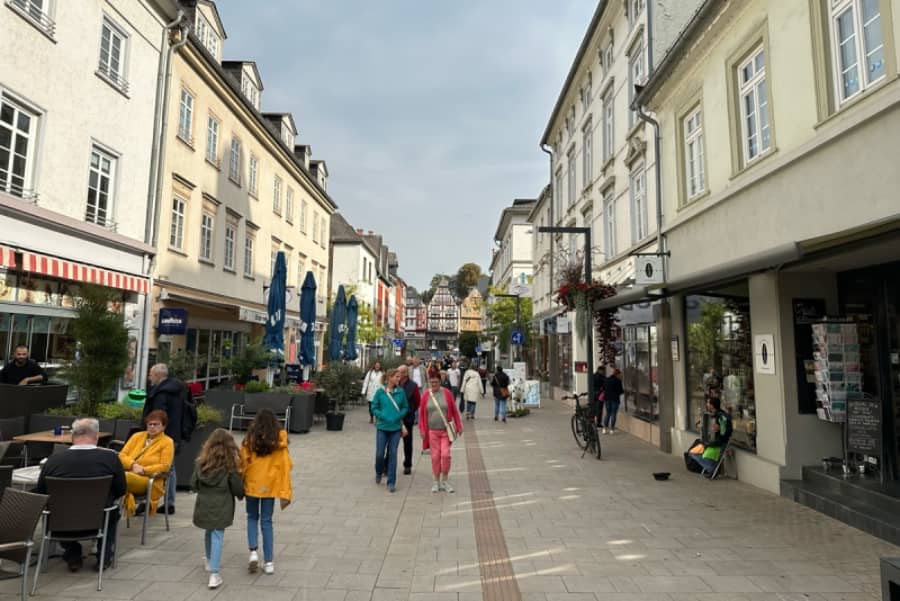
Fostering Smart and Sustainable Growth
High-speed rail isn’t just about faster travel—it transforms how our communities grow and thrive:
- Revitalizes Urban Centers
High-speed rail stations anchor investment in city cores, breathing new life into downtowns and attracting new businesses, residents, and amenities. - Reduces Sprawl
By offering a reliable alternative to car-based commuting, high-speed rail helps limit the need for endless highway expansion and low-density suburban development. - Promotes Walkable Communities
Rail-connected neighborhoods are built around people, not cars—making it easier to walk and bike to local businesses and services. - Encourages Transit-Oriented Development (TOD)
High-speed rail supports mixed-use development near stations, combining housing, retail, and office space in a compact, efficient footprint. - Supports Greener Infrastructure
Concentrated growth reduces the strain on natural resources, limits emissions, and helps preserve open space and farmland.
Connecting Rural and Mid‑Size Communities
In regions where long drives are the norm, high-speed rail offers a lifeline:
-
Expands Access to Jobs
Residents in rural and mid-size communities gain fast, affordable access to employment opportunities in nearby metropolitan areas—without needing to relocate. -
Makes Family Travel Affordable and Easy
Weekend getaways and family visits become more accessible and less stressful, with reliable train service replacing long, tiring drives. -
Opens New Markets for Local Businesses
Small businesses can reach broader customer bases by connecting to regional hubs, enabling easier shipping and more foot traffic. -
Upgrades Existing Rail for Real Impact
Enhancements to existing intercity services like Amtrak—especially when upgraded to true high-speed standards—make rail a viable, attractive option across entire regions.
By enhancing at-grade intercity services, the upgrade to true high-speed makes a real difference.


Bolstering Local Transit Networks
High-speed rail works hand-in-hand with local transit—strengthening systems and expanding access for everyone:
-
Boosts Ridership Across the Network
Seamless connections between high-speed rail and local buses, trains, and subways increase ridership for all transit services. -
Creates a Virtuous Cycle of Investment
Higher usage drives demand for better service, attracting more public investment and enabling continuous improvements to local systems. -
Enhances First- and Last-Mile Connectivity
Integrated planning ensures passengers can easily get from their home to the station—and from the station to their final destination—without relying on a car. -
Encourages Multimodal Travel
High-speed hubs become anchors for multimodal transit, supporting walkability, bike infrastructure, rideshares, and more. -
Strengthens Regional Mobility
Together, local and long-distance rail systems create a seamless web of mobility that benefits communities of all sizes.
Case Studies
Read about real-life examples of cities and regions revitalized by rail.

Help Strengthen Your Community
Tell the United States Congress: It’s time to reconnect the country with high-speed and regional rail!
The Latest from HSRA
Our Latest Blog Posts
Check out the latest news, updates, and high speed rail insights from our blog!
